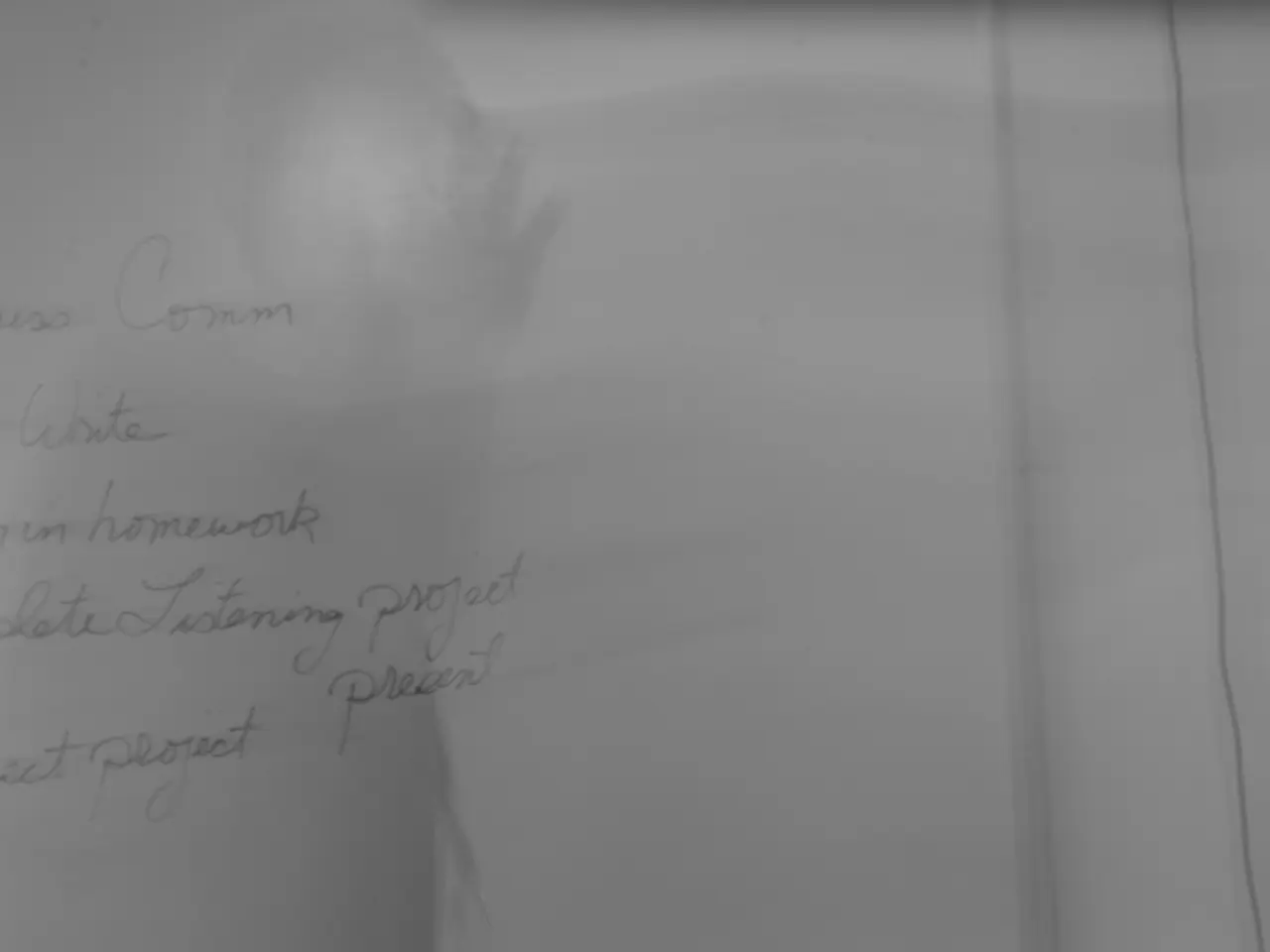White House Announces New Tariff Rates and Implementation Date for Multiple Countries
The Trump administration has announced new tariffs on imports from nearly 70 countries, effective August 7, 2025. The tariff rates, which range mainly from 10% to 41%, are a result of decisions made by President Trump's administration and reflect ongoing negotiations between the U.S. and various countries.
Importers in the U.S. pay tariffs directly to the American government, not other countries. The tariff rates are subject to change as negotiations with countries continue.
The highest tariffs are imposed on countries like Syria (41%) and Laos, Myanmar (40%), with Brazil facing an effective combined rate of 50% due to an additional announced 40% tariff plus the 10% baseline. Countries not listed in the executive order face a 10% baseline tariff.
Some of the tariff rates reflect what was shared in letters posted by the president earlier this month. Notably, a 35% tariff was announced earlier on Canadian imports. China is likely included among the countries facing tariffs above the 10% baseline due to past large trade deficits, although it is not explicitly listed. Mexico, with its trade ties and previous tariffs under Trump administration policies, is presumably included among countries with tariffs above baseline.
The tariff for goods from Canada is a response to what the administration perceives as insufficient action by Canada to combat illicit drug trafficking. The tariff rates do not apply to countries not specifically listed in the order. An additional 40% tariff will be imposed for transshipment - goods sent to the U.S. through other countries in an attempt to evade tariffs.
The new tariff rates replace previous tariffs and reflect the Trump administration’s updated reciprocal trade policy as of August 2025. The general structure reflects a "reciprocal tariff" system where tariffs are tied largely to trade deficits, and tariffs were delayed several times before finally being enacted on August 7, 2025.
| Country | Tariff Rate | |------------|--------------:| | Canada | 35% | | China | Likely >10% (not explicitly listed, but large deficit suggests higher rate) | | Mexico | Likely >10% (not explicitly listed) | | Syria | 41% | | Laos | 40% | | Myanmar | 40% | | Brazil | 50% (40% announced + 10% baseline) | | Other countries not listed | 10% baseline |
The new tariff implementation date is Aug. 1, but most countries won't see these rates take effect for at least a week, according to the executive order posted Thursday evening. The White House has paused the implementation of a new tariff rate on goods from Mexico while negotiations continue. The tariff rates are a part of ongoing trade policies implemented by the U.S. government.
Foreign businesses can absorb some of the tariff costs, but historically, U.S. businesses and consumers have seen higher prices due to tariffs. The tariff rates are subject to change as negotiations with countries continue.
- The U.S. government has implemented tariffs on imports from nearly 70 countries, with rates adjusting according to ongoing negotiations with various countries.
- The tariff rates on goods from Canada (35%) and certain countries like Syria (41%) and Laos, Myanmar (40%) are higher than others due to trade deficits and other factors.
- The new tariff rates, effective August 7, 2025, have been launched as part of the Trump administration’s updated reciprocal trade policy and replace previous tariffs.
- Industry experts predict that increasing tariff rates, such as those impacting Mexico and Brazil, may lead to higher prices for goods for U.S. businesses and consumers, as well as potential disruption of existing business relationships.




